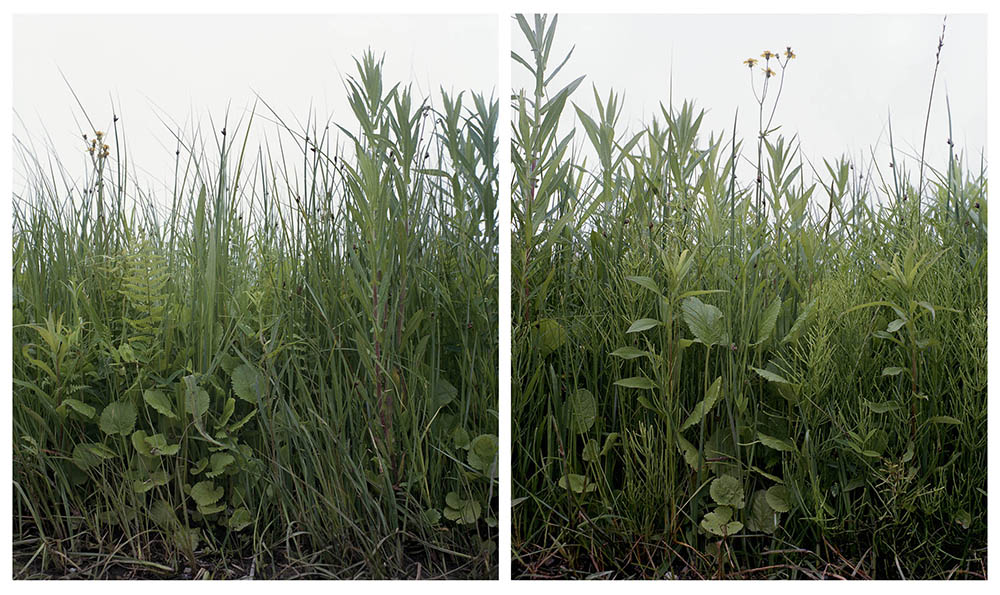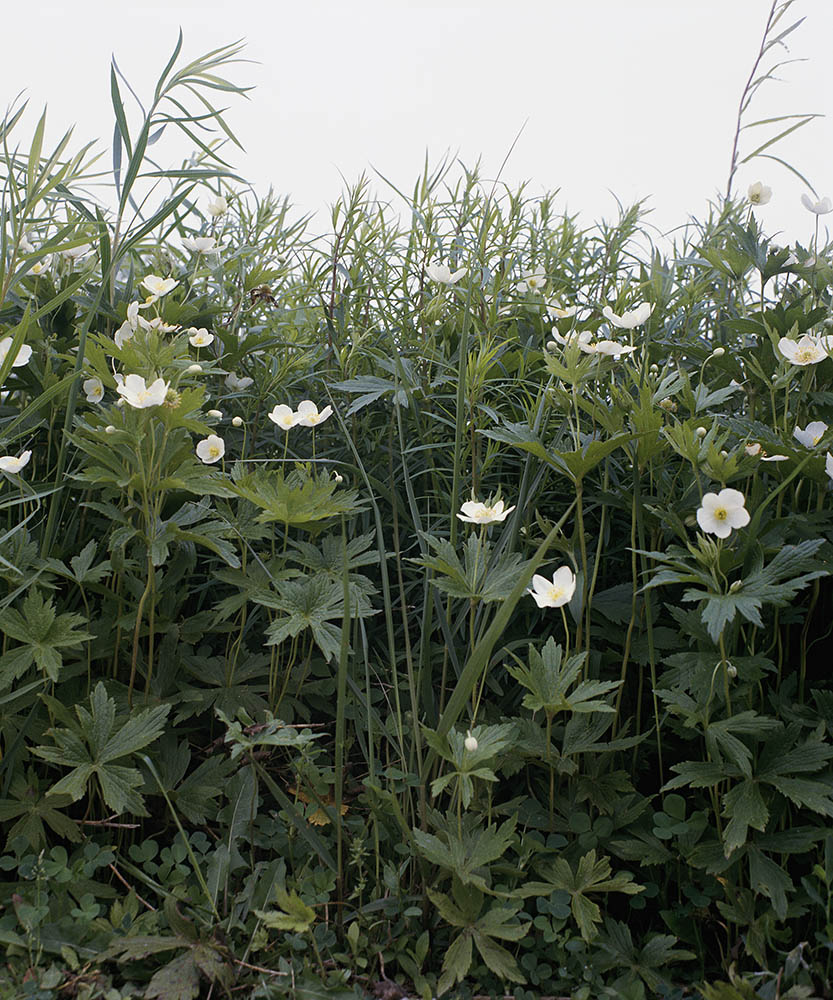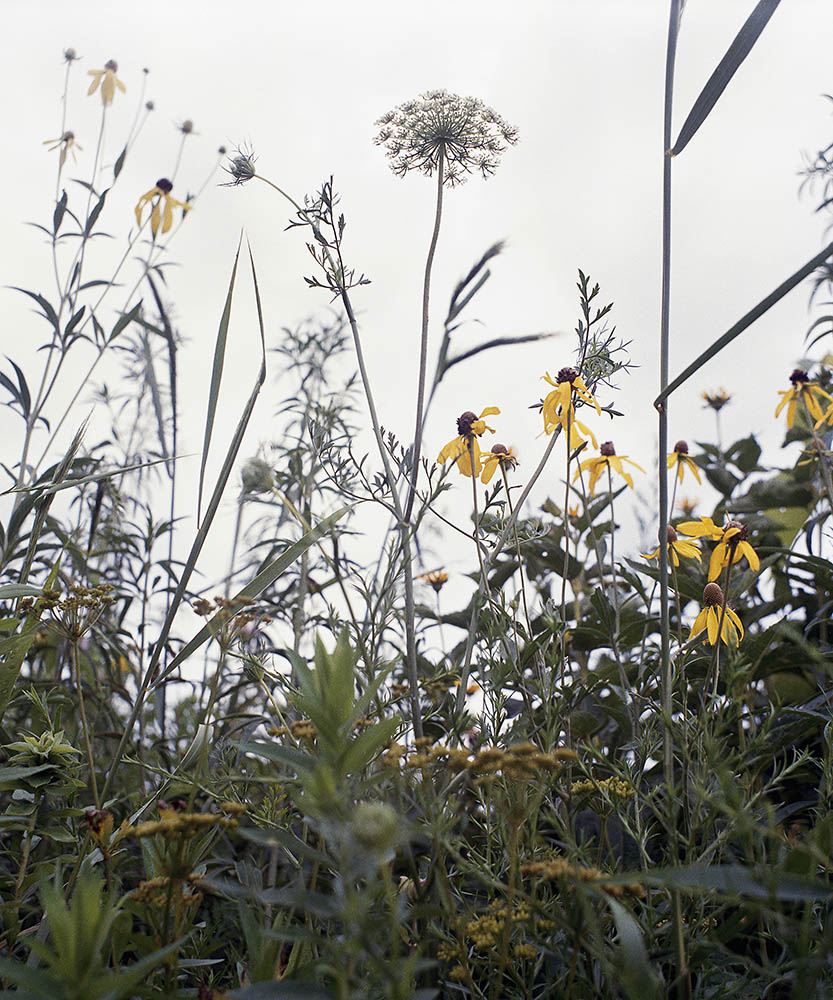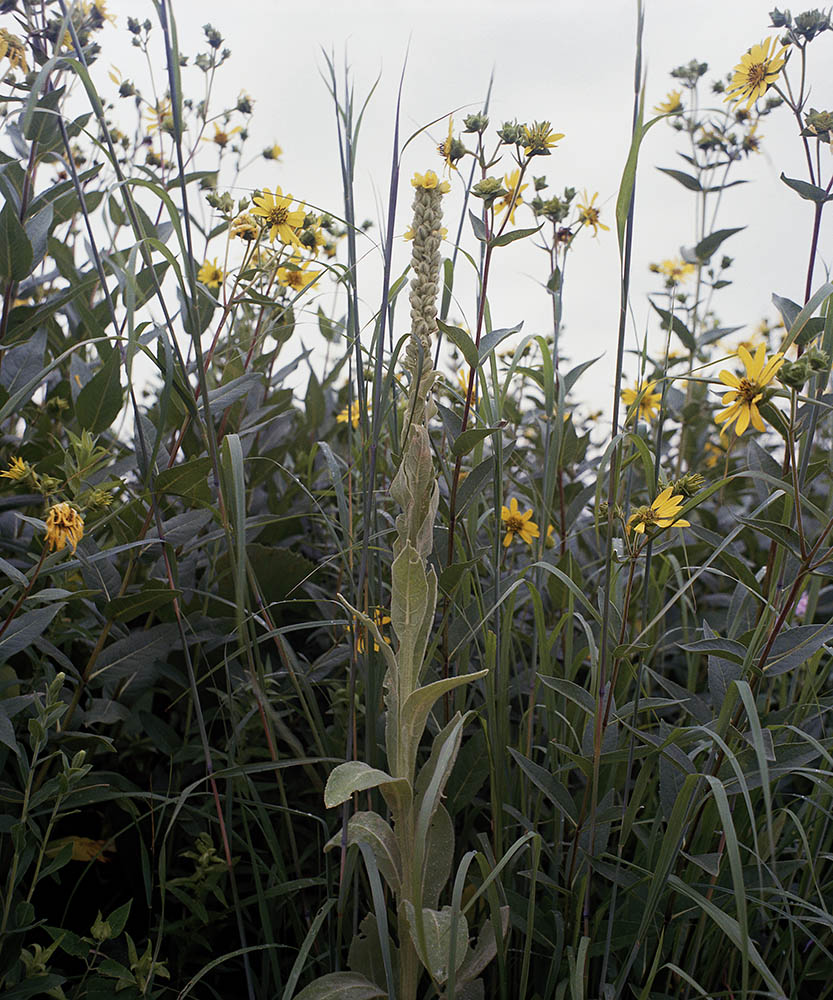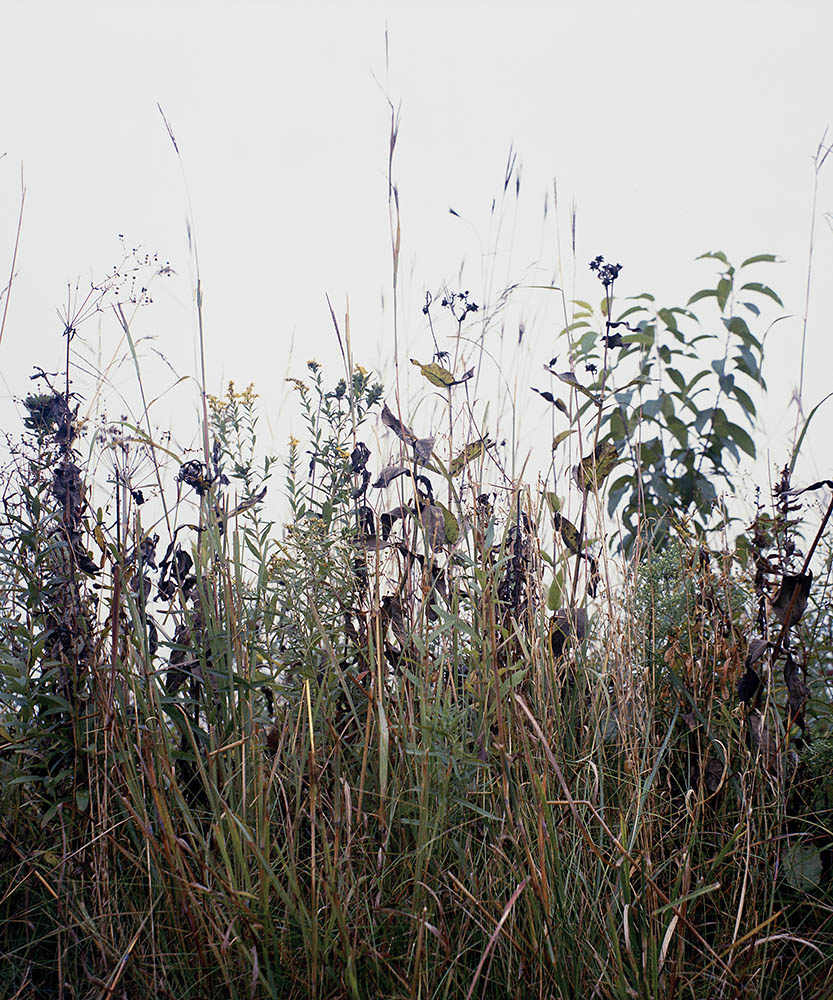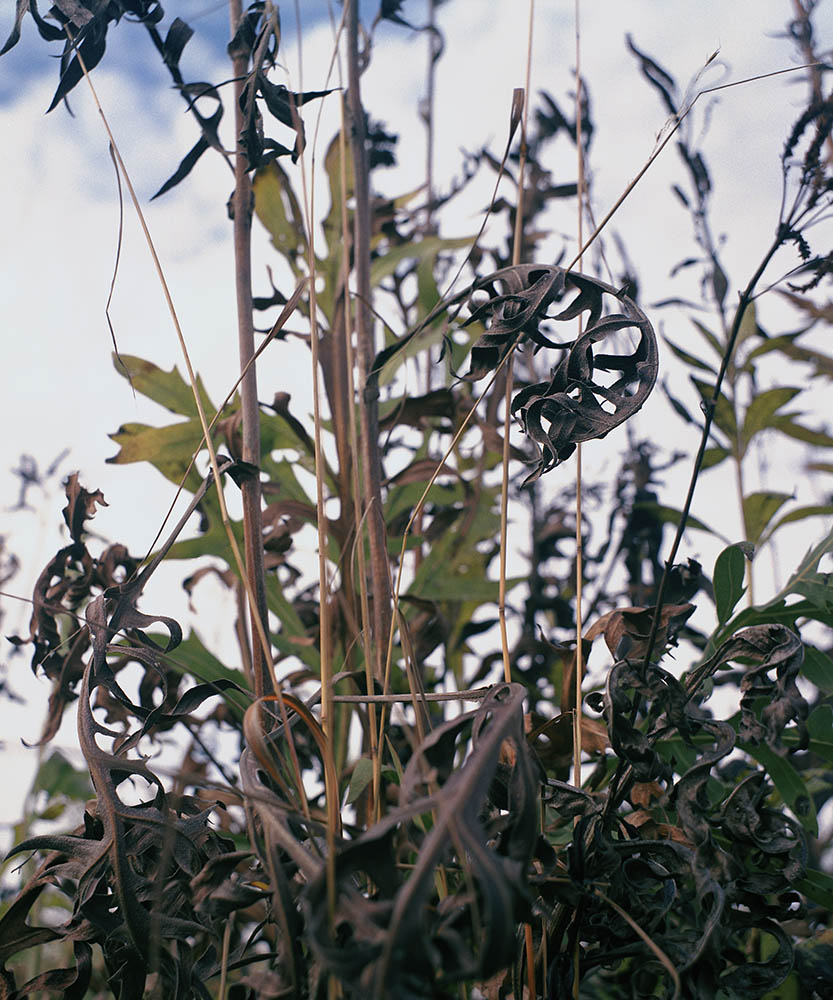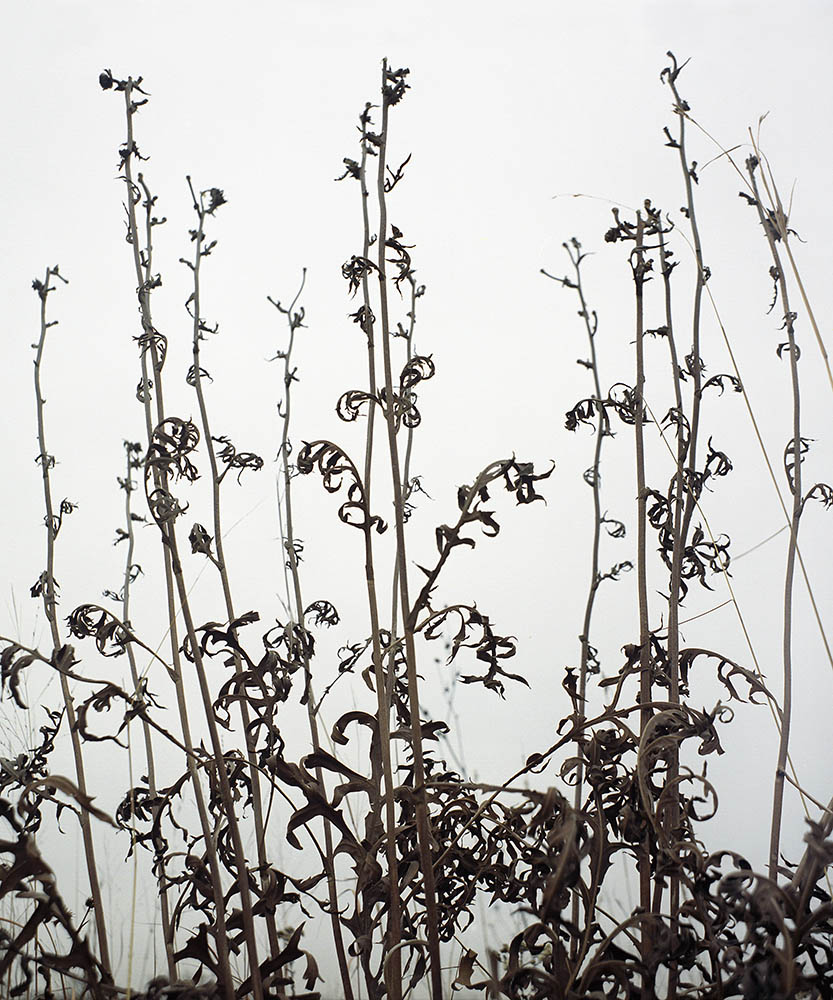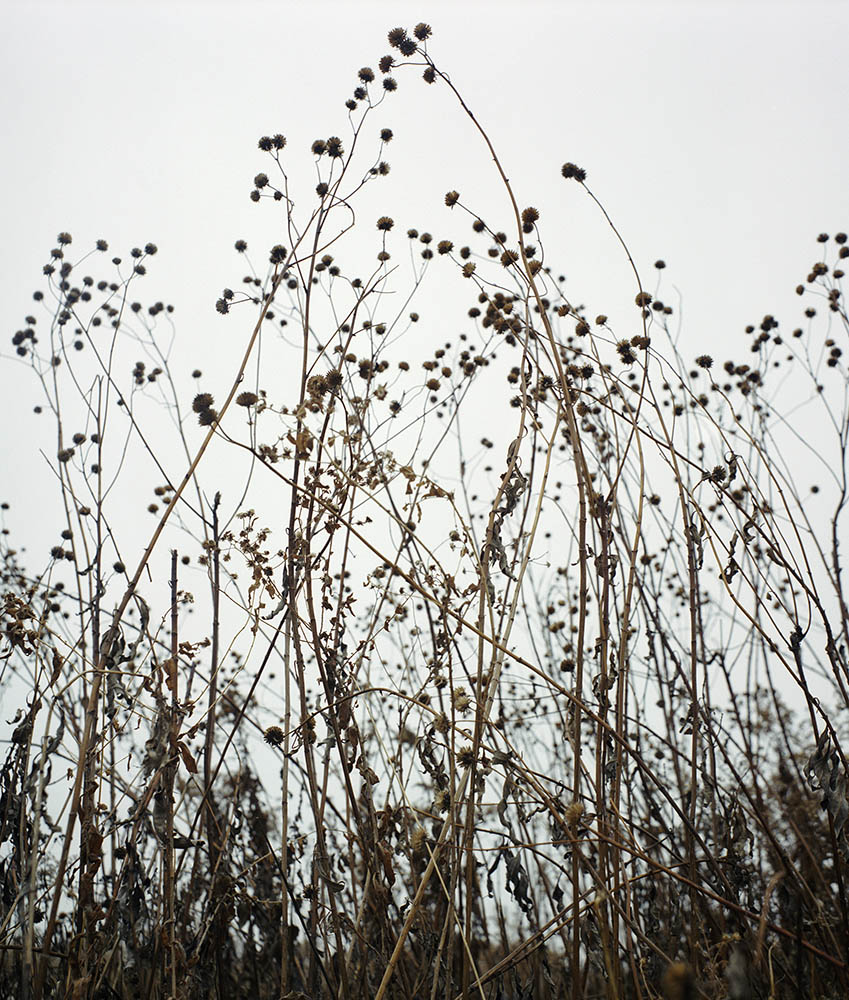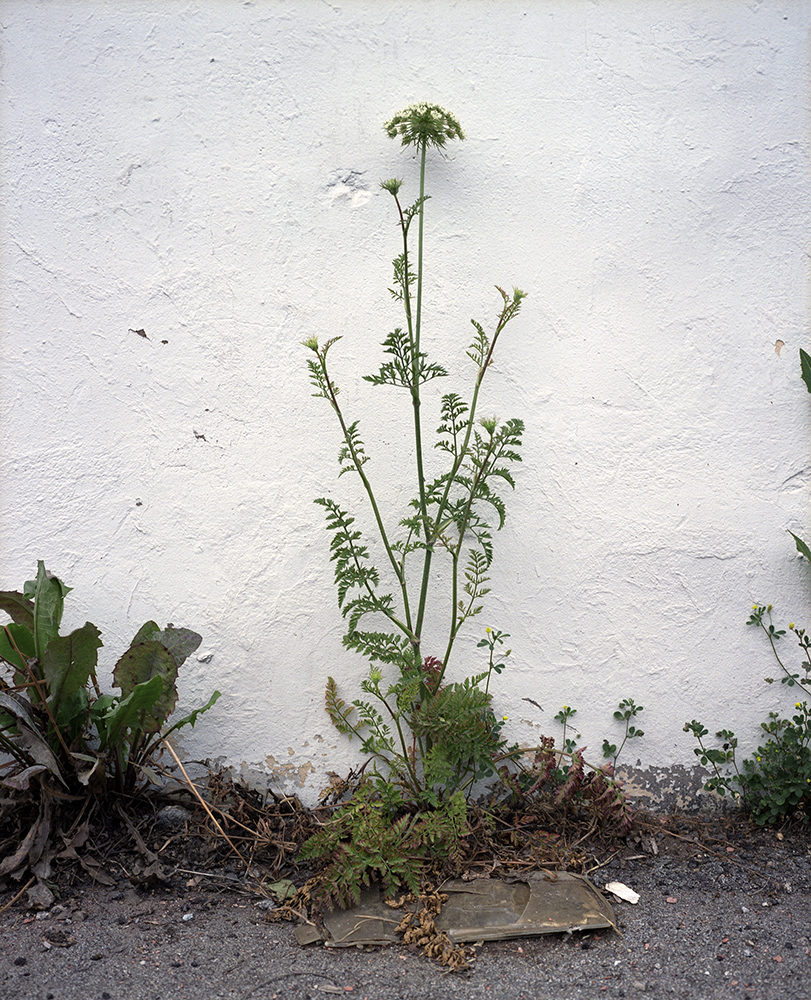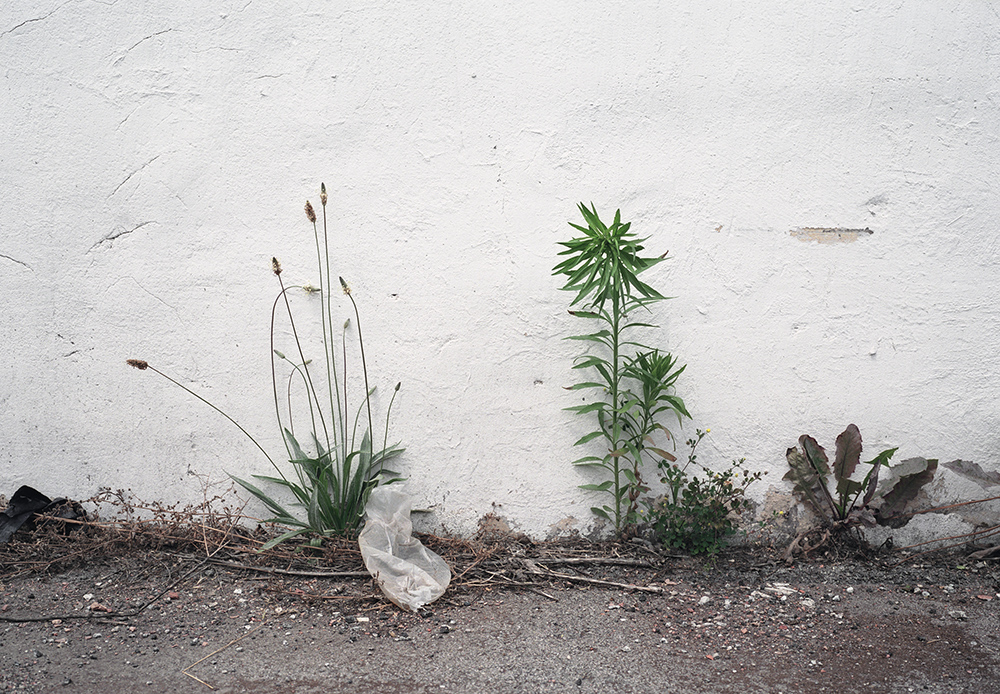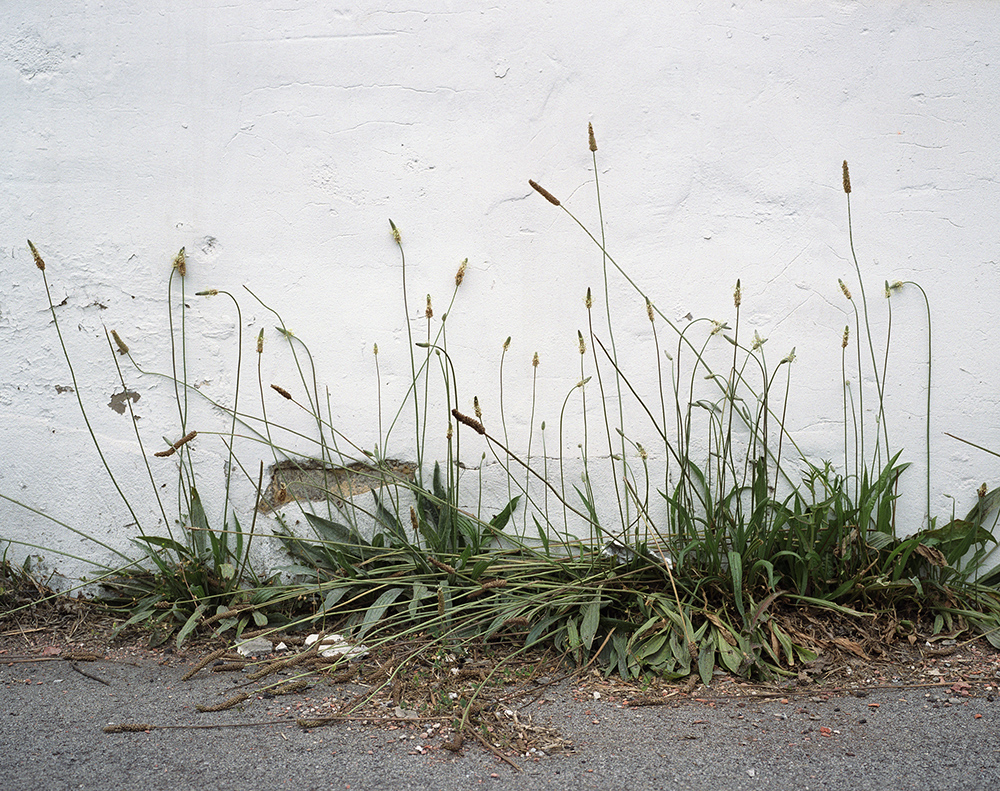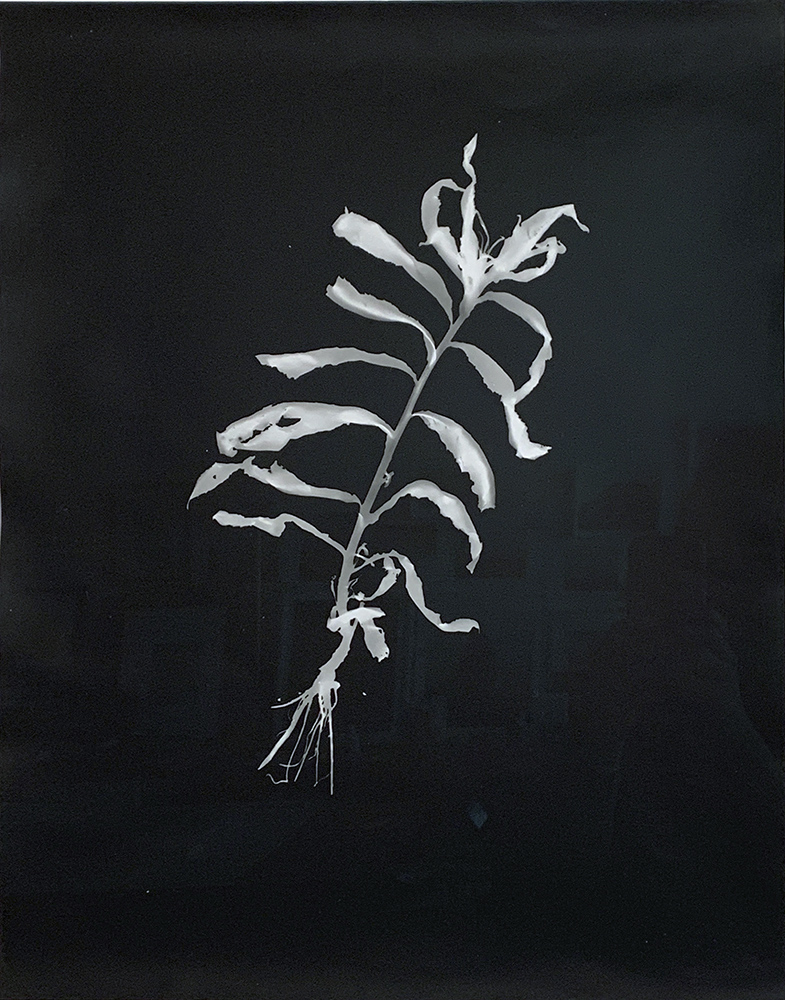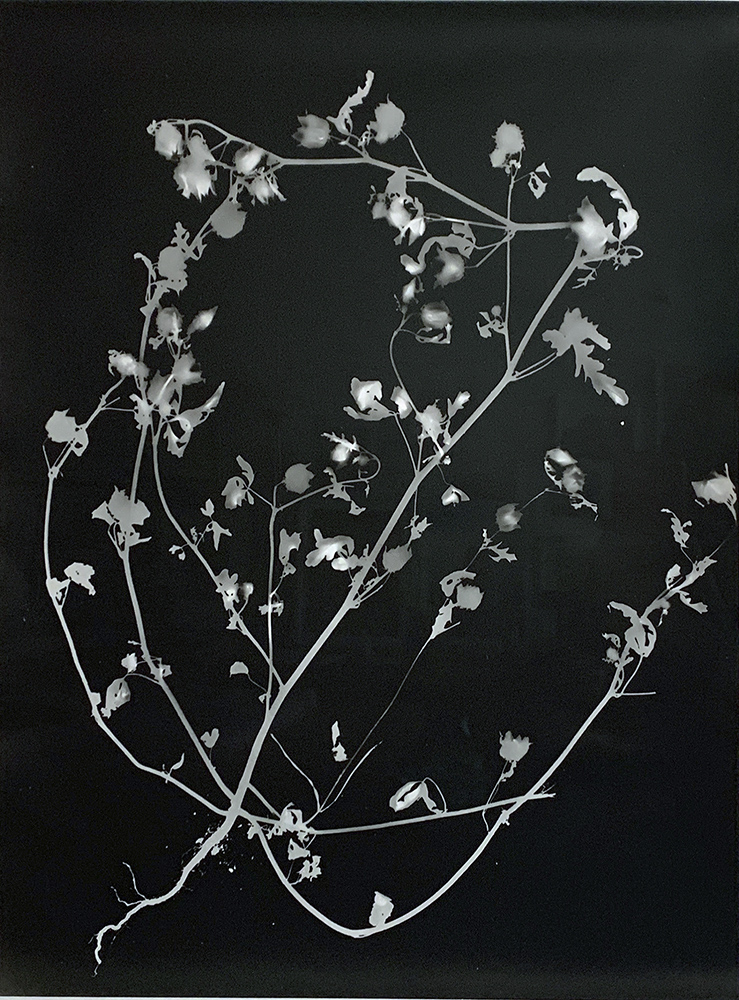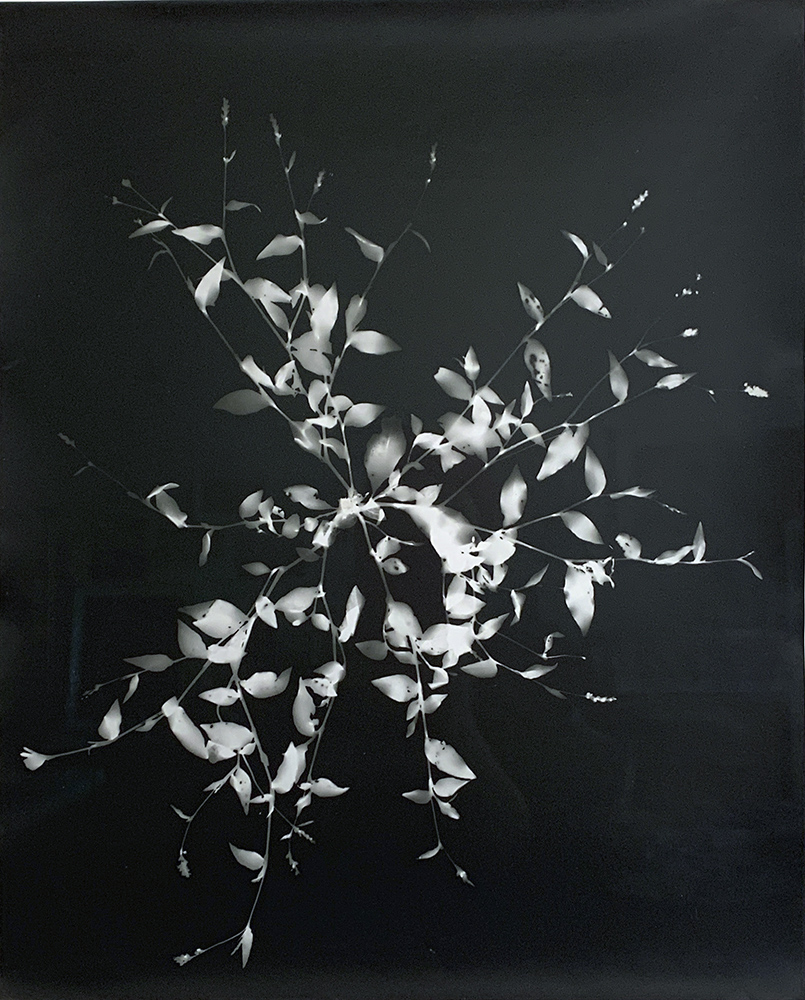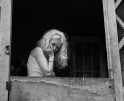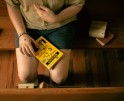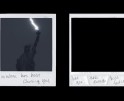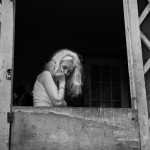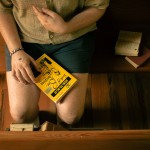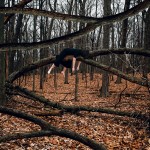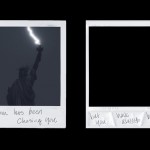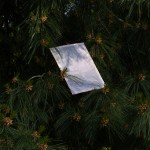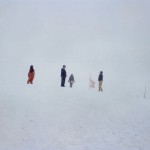Flowering in Photography: Jin Lee
Jin Lee’s quiet photographs in Weed and Prairie are the rewards of patient observation. She shows us the plant survivors in human altered landscapes — the tenacious weeds that push through pavement; a patch of Illinois prairie over time. Through her lens, these overlooked flowering worlds rise majestically, resiliently.
Returning repeatedly to the prairie over four seasons, Lee’s images build in time, shifting our attention to subtle changes. Using blank white skies as backdrops, her views alter our sense of scale. She drives us into the details and in doing so, allows us to discover these worlds anew. They are beautiful meditations on the interconnectedness of time and season and place; reminders of the vastness that surrounds a tiny blossom.
Jin Lee is a Chicago-based photographer whose projects center on forming deeper relationships to places. She has received the John Simon Guggenheim Fellowship and the Illinois Arts Council grant, and her works are included in the permanent collection of the Art Institute of Chicago, Museum of Contemporary Photography, Harvard Art Museums, and Los Angeles County Museum of Art. She received an MFA in photography from the School of the Art Institute of Chicago, and is a Professor of Art at Illinois State University. She is represented by Devening Projects in Chicago.
Follow Jin Lee on Instagram @jinlee2019
My photographic projects explore how we experience and understand places through close examination of landscapes and built environments. My interest is not views of the land seen from a distance, but rather a specific perception, made with a simple directness that brings out the magnificence of what is being seen.
Prairie is a photographic study of prairie plants in different stages of their seasonal cycles, documenting the rich diversity of Illinois native ecosystem. Described as North America’s characteristic landscape, a prairie landscape has been likened to the ocean in its immensity, multiplicity, endless variety, and contemplative moods. William Least Heat-Moon notes in PrairyErth, “it is less stunning at first sight but lasts longer, fills the esthetic sense fuller, precedes all the rest”
Weed is a collection of portraits of wild plants that grow in alleys, sidewalks, and empty lots. The photographs are studies of their resilience and beauty, drawing attention to ordinary scenes and moments that are mysterious, poignant and persistent.
Like the artists of botanical drawings from 17-19th century, I want to gather physical descriptions of the natural world that can lead to a sense of discovery and wonder. My goal is to develop deeper connections to where I live by paying attention and photographing particular things over and over again.
The photographs are an exercise in seeing, honing perception to the sensuous reality of constantly changing and dynamic natural world. They are also records of an intimate and sustained exchange between the photographer and her surroundings. -Jin Lee
BC/LL: How did you prepare yourself to make these images?
JN: The Prairie series was made by walking and wandering through various Illinois prairie sites, both remnants of original prairies and restored prairies, to document the cycles of seasonal transformation of the perennial plant community. Mostly photographed on cloudy days with soft even light, with close up of plants seen against the sky, the photographs reference botanical drawings with precise drawn details of plants drawn on white paper backgrounds.
Photographs in the Weed series come from encounters with sidewalk and alley plants around the city of Chicago. Photographed from a low angle close to the ground, the images include signs and residues of human activities around the plants. Recently, I started working on a series of photograms of plants pulled from the ground, showing the entire plant including the roots. Exposed to light on silver gelatin paper in the darkroom, the photograms are direct imprints of the plants, and the resulting white shadows appear to glow against the dark background of the photo paper.
BC/LL: Are there any books you have read or artists who have influenced your ways of seeing?
It’s been a great pleasure to learn about the history and the significance of the prairie through reading and looking. Terry Evans’ work on Kansas prairie and her writings were of importance early in the series. Other influences include photographs by Karl Bloossfeldt, Edo-period Japanese screen paintings at the Art Institute, botanical drawings, Zen poems, and the watercolor painting Great Piece of Turf by Albrecht Dürer. For the Weed series, I loved reading The Soil Keepers by Nance Klehm and studying the cyanotype photograms by Anna Atkins.
BC/LL: Among some who deeply study plants, they say that flowers “speak” to them. Did you find interconnection with the flowers and plants you photograph? How do they speak to you?
I feel the vibrant lives of plants when I am in their presence, their energy, intelligence, and drive. The tallgrass prairie plants feel intimate to me; during the summer season, they grow to my height and I relate to them bodily, becoming aware of the smell, touch and the sounds of the plants moving in the wind.
Weeds are plants that seem to be everywhere, but are largely overlooked, unwanted or hidden. I am interested in how these “wild” or “renegade” plants can take up space around them, and the photographs in the Weed series are portraits that acknowledge their independence and resilience.
BC/LL: What do you think the flowering world can teach us about the past and present?
After photographing different types of plants for many years, I am aware of both their fragility and persistence. I am continually amazed by how plants can manage to grow and flower in the smallest cracks of dirt in our everyday environments.
The prairie is a dense mixture of diverse deep rooted perennial plants, a great metaphor and a lesson for the human community. The tall grasses that once covered Illinois is largely gone now, replaced by farmlands, and we can only envision the prairie landscapes through written accounts and our imagination. My photographs are exploration of that loss as well as the remaining presence of the incredible ecosystem.
Jin Lee’s work is currently on exhibit in:
“Views & Scenes”, one-person exhibition at the Chicago Cultural Center, (4/2-8/6/2022)
https://www.chicago.gov/city/en/depts/dca/supp_info/jin_lee.html
“Human | Nature”, group exhibition, Lockport Museum, IL (4/25-9/24/2022)
http://www.illinoisstatemuseum.org/content/human-nature-weight-our-actions-natural-world
Posts on Lenscratch may not be reproduced without the permission of the Lenscratch staff and the photographer.
Recommended
-
Womanhood Week: Jane WeinmannOctober 14th, 2024
-
Tamara Reynolds and Zach Callahan in Conversation with Ashlyn Davis BurnsOctober 5th, 2024
-
Logan Gibson Davis: Clarence, Go Tell the Bees and Blueberries and Apple TreesSeptember 28th, 2024
-
Danielle “deo” Owensby: My Divine ComedySeptember 27th, 2024
-
Melissa Grace Kreider: i will bite the hand that feedsSeptember 25th, 2024

